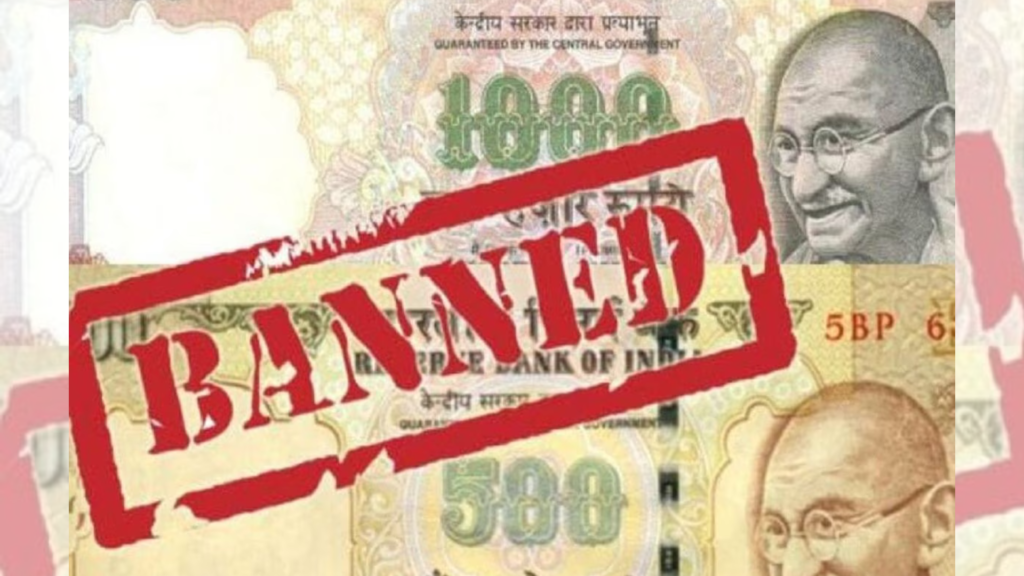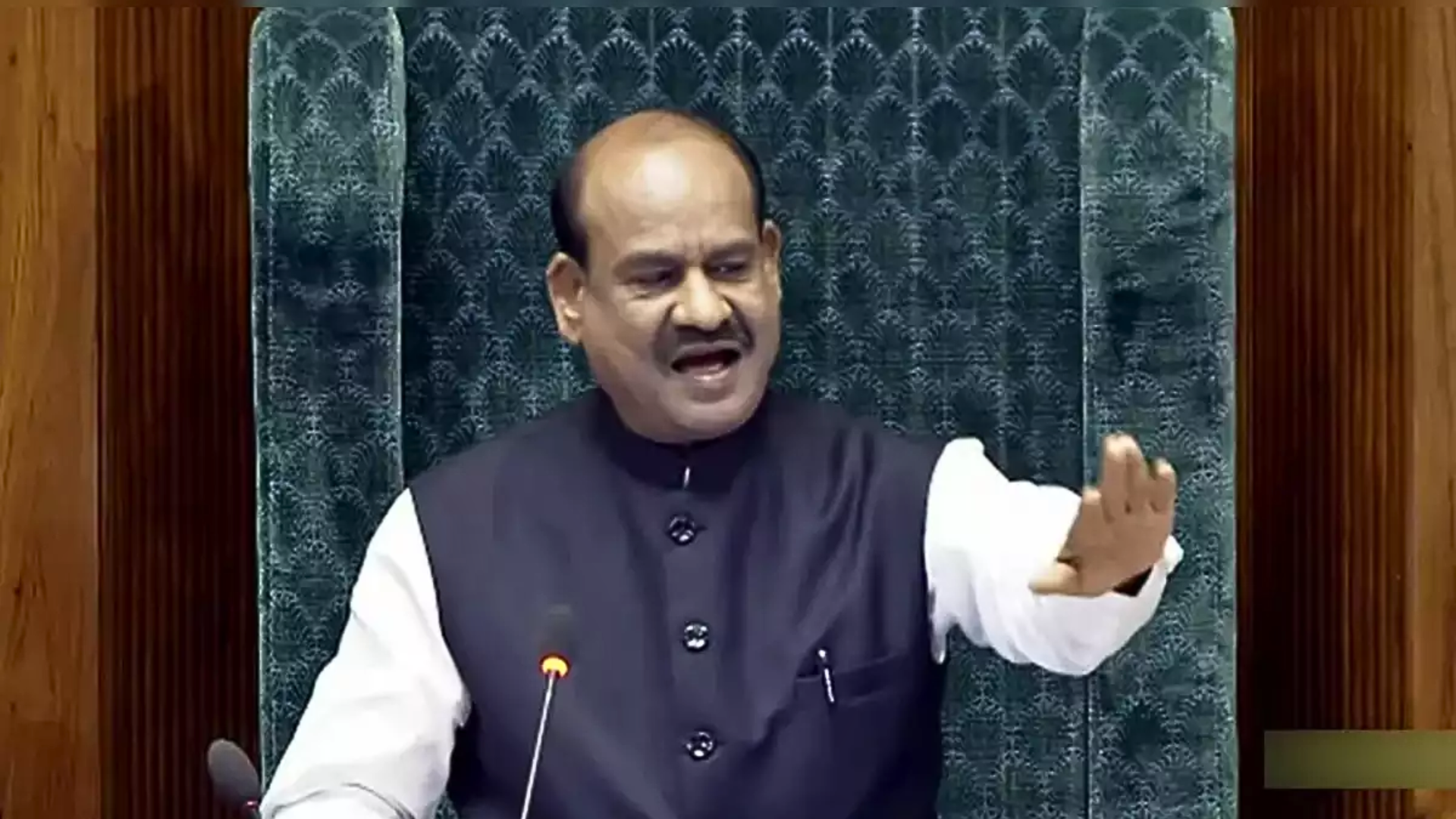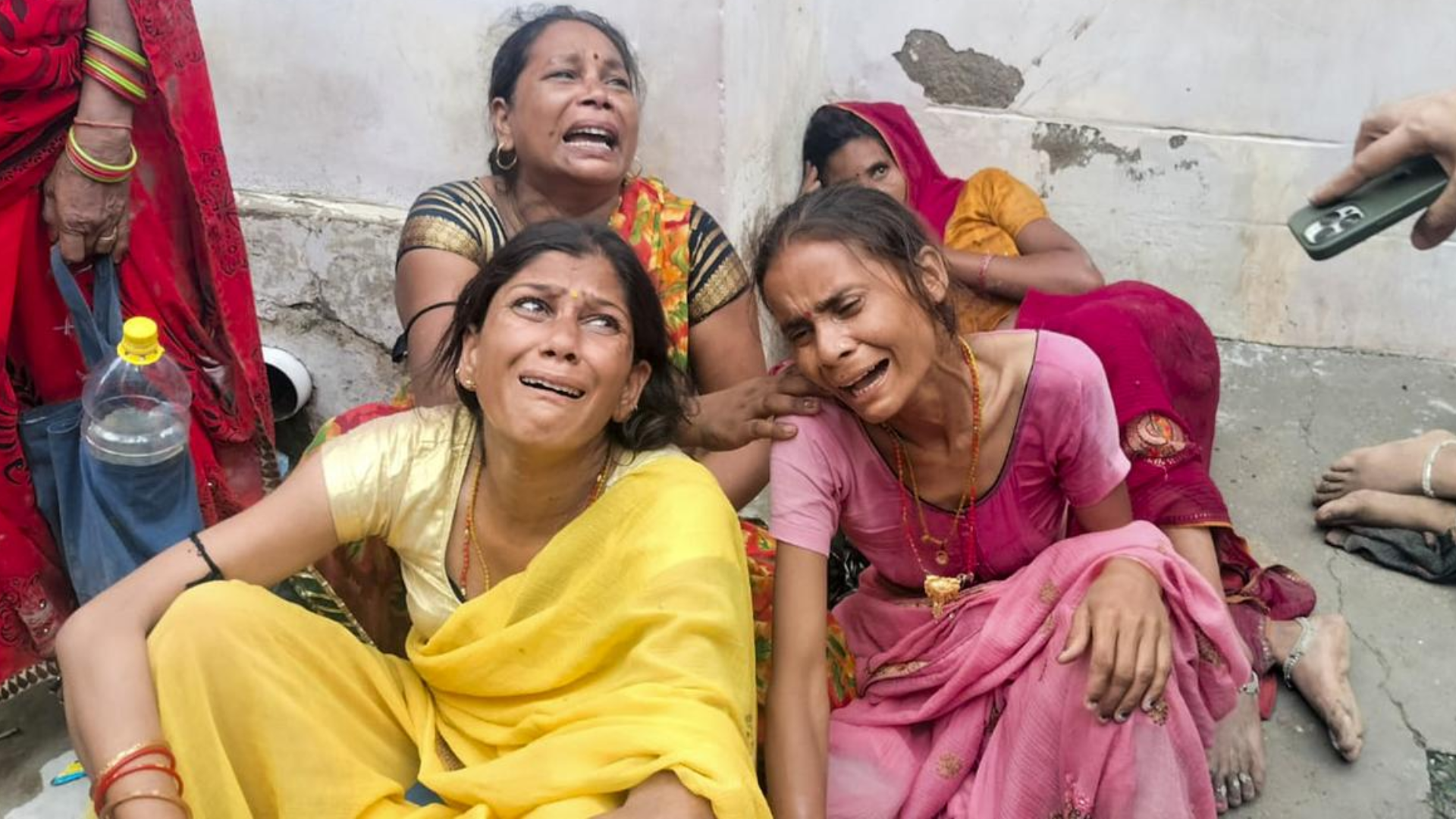Demonetisation—a monumental failure

On this day seven years ago, at 8 pm, Prime Minister Modi announced a momentous decision: the demonetisation of Rs 500 and Rs 1,000 notes across the country. Seven years on, it is a proven fact many times over that the move was a big flop.
None of the aims—which kept changing, by the way—were achieved because the plan was patently flawed.
There have been two demonetisations in the country earlier, but they were well thought-out plans—properly announced, with people given enough time. The 2016 one was a blitzkrieg, but those struck badly were the ordinary people, not the fake currency note manufacturers or distributors, or black money hoarders.
More than 120 died just standing in queues, which they were forced to do despite ill-health. So many hundreds or thousands across the country fell ill while standing in unending queues, many with just a few currency notes in hand.
That it was a one-sided decision is also now known. The initial primary aim was to weed out black money and curb the rising incidences of counterfeiting of Rs 1,000 and Rs 500 notes.
But the minutes of the 561st meeting of the Reserve Bank of India (RBI) board, held at 5.30 pm in New Delhi on the same day, almost two-and-a-half hours before the prime minister’s announcement, revealed by the central bank in an RTI reply in 2019, showed that it had warned the government against the move: “Most of the black money is held not in the form of cash but in the form of real sector assets such as gold or real estate and … this move would not have a material impact on those assets”.
In fact, with the introduction of the Rs 2,000 notes soon after demonetisation was announced, hoarding black money just became easier as more amounts could be stored in less space. So much so that this year, the RBI was forced to withdraw these notes as well (in a well-planned move this time, thankfully). So, a demonetisation to stop hoarding of black money needed another one seven years later to try to stop the same thing from going on!
Another aim was the widespread adoption of digital payments. Yes, UPI (Unified Payments Interface) and other digital payment mechanisms have indeed reduced the number of cash transactions, but the cash in circulation has also nearly doubled, according to RBI data released in January—from Rs 17.7 lakh crore worth of notes on November 4, 2016, days before demonetisation was announced, to Rs 32.4 lakh crore as of December 23, 2022.
A survey by LocalCircles found, based on the responses to it, that 76 per cent of those who bought a property in the last seven years has had to pay a component of the price in cash.
Not only that, surprisingly, 59 per cent of the respondents said they paid in cash for a sizeable portion of their grocery, eating out and food delivery costs. Eight per cent said they pay 50-100 per cent of their household expenditure in cash, while 18 per cent said they pay between 25-50 per cent.
So is cash still the king? Yes, to a large extent, if you consider the entire economy, especially in big-ticket transactions (involvement or not of black money).







